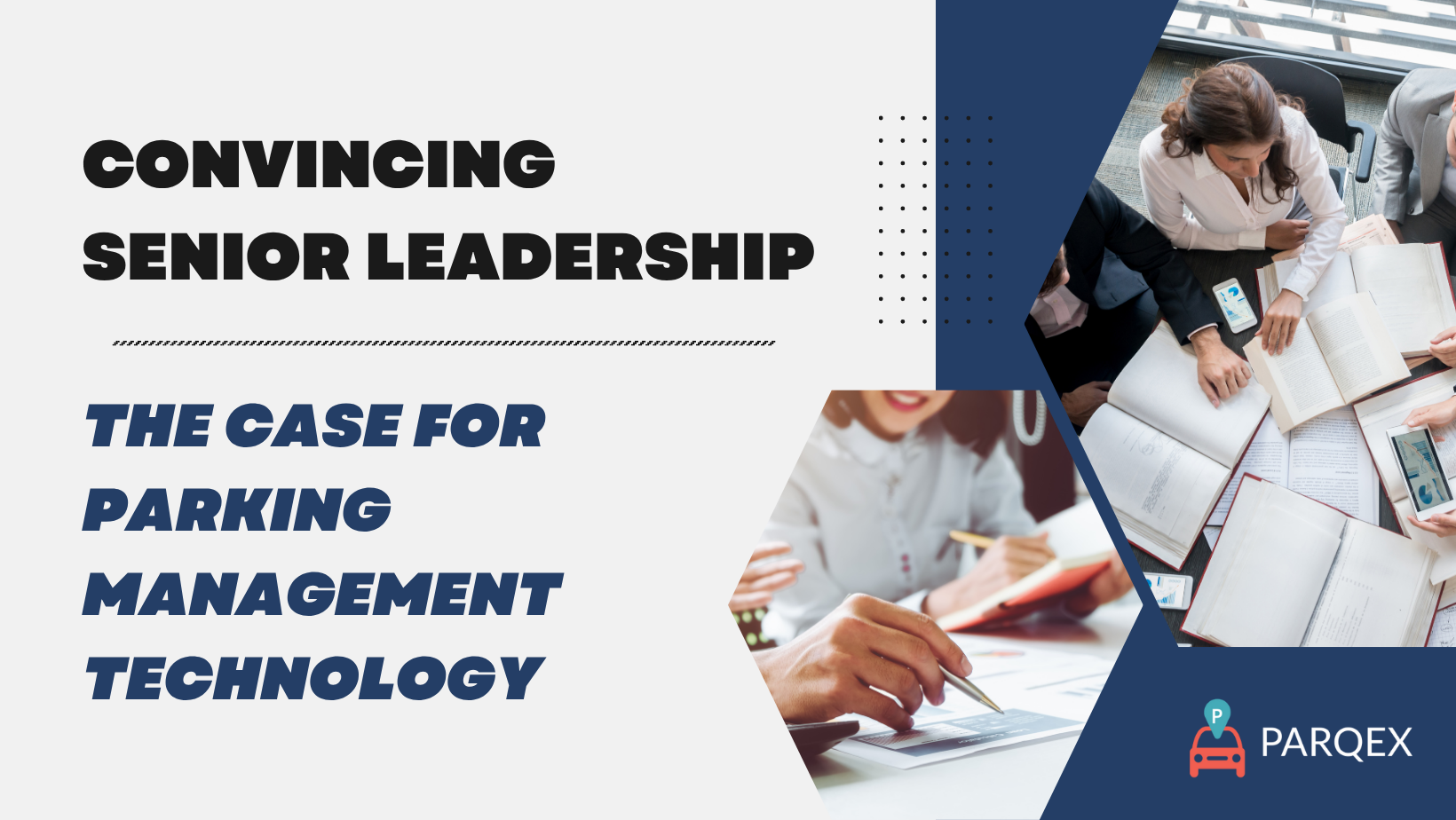The parking of the future may already be here, just not in your neighborhood yet. If you haven’t seen the latest in automated parking garage design, think of two things: robots and vending machines. These seem to be the vying models for the future of parking.

Vending Machine Parking
If Carvana‘s new concept of car-buying turns into a great success, parking garage companies may capture one aspect of their success: modeling how cars are parked and stored. Automated glass towers that spit out a selected car is the basic idea of the Carvana model. If you have ever slipped a dollar into a vending machine and punched in your selection of snack chips or a candy bar, then you’ve got the skills to buy a car from Carvana.
Car buyers can visit their website to browse their selection of automobiles for sale and find their dream car. Next, loan terms are determined. Buyers can even sell or trade their current car. Carvana boasts a hassle-free trade-in experience requiring no photos or inspections. In less than 2 minutes customers get confirmation of when their trade-in will be picked up by a Carvana representative. Once all the transaction details are squared away, purchasers then visit the Carvana vending machine location where the car of their dreams is parked and stored or a company representative will deliver it.
What makes this car-vending model the perfect solution for parking problems? In urban areas space is critical. Traditional parking garages require necessary space for safe pedestrian traffic as well as for cars to navigate ramps to other levels. With a vending machine model, a car is parked onto a loading ramp that automatically delivers it to a designated space. No interior driving. No interior pedestrian traffic. No extra space for opening and closing doors. A vending machine modeled parking garage is incredibly space-efficient. And, as for capacity, the sky is literally the limit. Although Carvana’s car park and storage vending machines tout a 20-car capacity within 5-story gleaming glass towers, other robotic systems are incredibly expansive.
Robot Valets
Robotic Parking Systems Inc. is an ISO certified designer and builder of robotic parking systems that put traditional valets out of business. No longer do drivers need to leave a key with uniformed parking clerks who bring their car round when called. Instead, car parking is managed by a sophisticated software system that receives a vehicle at an entry bay, transfers it to a designated space then returns it to the terminal upon demand.
In 2000, Hoboken, New Jersey boasted of the first fully-automated robotic garage in the U.S. In 2016 it upgraded its system and added more than 370 additional parking spaces. In 2009, Dubai had an automated parking system up and running. Its first test run reported reliable delivery of more than 250 cars per hour. However, there are systems capable of managing 500 cars per hour. Dubai is now home to the largest automated parking system in the world and the city-state wants more.
A Glimpse Of Success
Looking to Dubai’s success, why is it that they want even more when it comes to automated parking garages? Dubai is the largest and most populous city in the United Arab Emirates (UAE). This easily makes it the most principle city in the Middle East for business and travel. However, it is also one of the most important trading hubs in the entire world. That means Dubai’s streets are filled with traffic whether it be locals, business professionals or tourists.
The city has suffered with acute shortages of adequate parking for commercial and residential interests. One strategy to solve this problem has been to aggressively promote the use of public transportation. However, in this glamorous metropolis, as in any other, a car is often a status symbol. It can be very difficult to get the public to give up their cars. That makes a multi-pronged solution necessary to address the city-state’s parking challenges. And Dubai has hit a home run with automated parking systems.
A key Dubai developer explains that automation is cost effective and safe. With plans producing expectations to free up as much as 50% more space, a parking garage company can actually increase capacity, thus revenue, with less space. In other words, a high-rise automated garage can house twice the number of vehicles than a traditional parking garage and require half the space. As of now Dubai has more than 100,000 parking spaces and city planners and developers want more and more of them featured in robotic garages.

Why Robots & Vending Machines Are The Answer
What makes robotic or vending machine style parking garages the solution for parking? What are the real challenges for modern parking demands?
- Fewer licensed drivers today: Millenials prefer ride-share options and public transportation to private car ownership. This preference is significant, resulting in as much as a 47% drop in the number of teens as licensed drivers.
- Increased use of public transportation and other ride options: Shared mobility is the wave of the future which will mean fewer cars on the road. This is inspired by green lifestyle principles. These same principles prefer parking towers that use less green space to sprawling asphalt lots and concrete garages of traditional construction methods.
- Developers and multi-dwelling residences have decreased demand for parking space. If parking space moves upward, usable space can be developed to provide more lifestyle features for property users. This enhances the bottom line for property owners and developers who can create a more valuable consumer product.
As the number of licensed drivers drop from the road, consequently there will be fewer cars. This has led many developers and residential property managers to see parking areas become underused, wasted space not meeting its potential. Yet many municipalities have zoning regulations that require a certain number of parking spaces that correspond to living units. An automated hi-rise garage can make better use of land space while still meeting municipal requirements. By parking “up”, minimizing ground space usage, developers and residents can enjoy transforming what would have been parking areas into more useful, functional spaces.
What Communities Are Saying
When developers integrate automated parking systems, the respective communities have been quick to respond with their feedback. By and large, the response has been positive. Local residents realize a number of enhancements to the quality of life in their neighborhood while developers tend to enjoy financial benefits:
- Automated garages free up more profitable space for developers.
- Gained space can be converted to green space for residents and also satisfy Leadership in Energy and Environmental Design standards (LEED).
- Emissions contributions are reduced because automation takes considerable less time to park a car than driving through a traditional ramp-style parking garage.
- Security is enhanced for drivers. One in 10 property crimes occur in parking lots or parking garages. More than 7% of personal crimes are committed in parking garages or parking lots. Eliminate vulnerabilities of being alone in a dimly lit, enclosed space alone by opting for automation in parking.
- Flexible designs can create automated parking garages that blend seamlessly with urban areas, apartment complexes or local residential neighborhoods.
- An automated parking garage can reduce traffic congestion caused by cars driving around looking for a parking space. In areas where parking space is in short supply, by building up, a community can meet any demand for parking space.

Other parking providers see the eco-friendliness of design as a major selling point. Robotic technology requires less when it comes to natural resources for construction. It covers less space, thus minimizing impact on green space. And what’s not to love about reduced carbon emissions? For more information on the future of parking, please contact us to develop a new parking strategy for your property assets.







